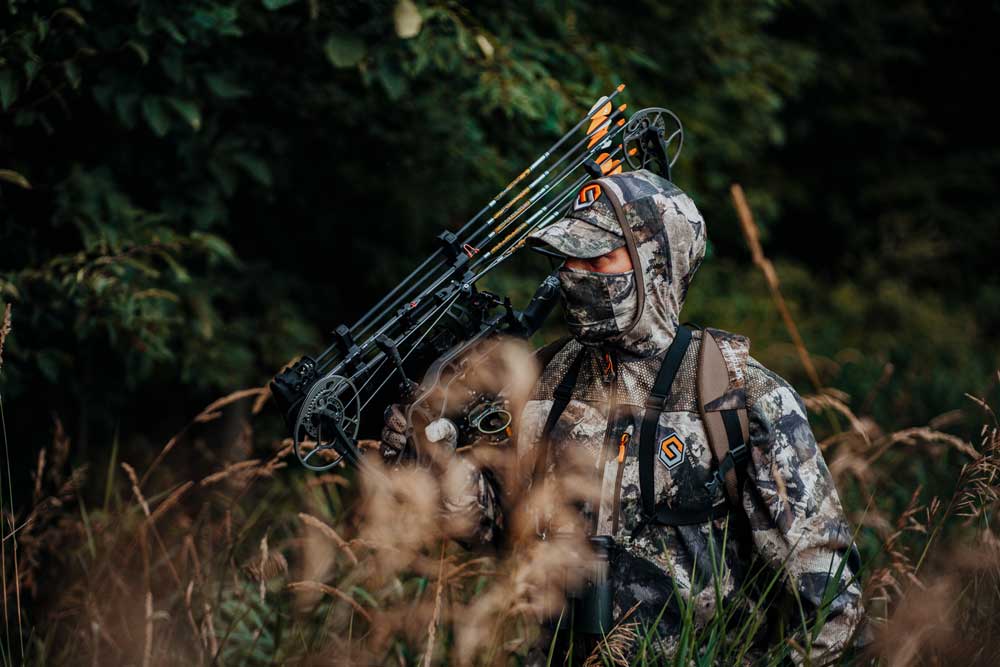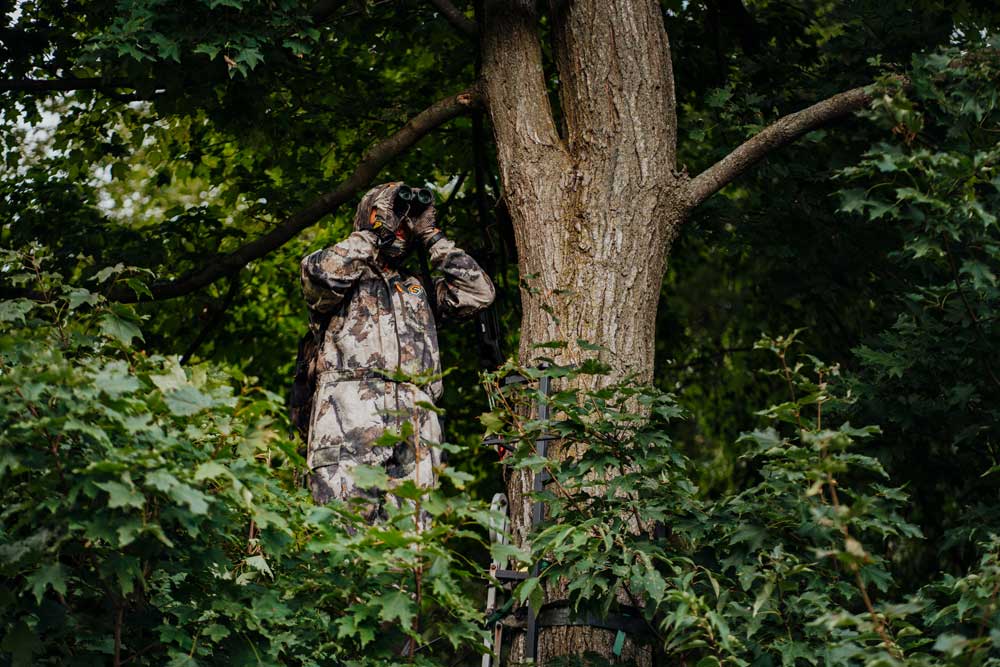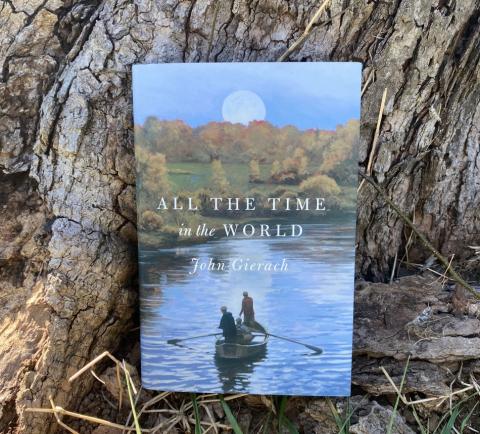Heath Wood

Every year around the end of August into the first of September, hunters become anxious awaiting the upcoming deer season. During this time, hunters tend to all have the same attitude: they are over summer heat and ready for cool weather. When restless feelings arise, there is hope; the fall hunting season is upon them. Deer hunting seasons are beginning to open across the country; all the practice, preparation, and hard work put in through the summer are going to pay off.
A couple of years ago, I compiled ‘5 Early Season Deer Hunting Tips’ for hunters to follow in hopes of being successful during the first stages of the season. To help hunters even more, I have come up with part 2. Below are 5 MORE early-season deer hunting tips.
1. Mock Scrapes
When hunters think of making a mock scrape, they most likely think of pre-rut hunting in mid to late October and for a good reason. Bucks kick up scrape activity during the few weeks before the actual rut while trying to attract does for the upcoming breeding season and let other bucks in the area know that they are there. However, during the early part of the season or mid-September, making two or three mock scrapes can create curiosity for bucks in the area. When they smell the scent of another buck, they get curious as to who is slipping into their area.
When making an early-season mock scrape, I use the same steps as if it was mid-October. To get the most activity, I try to find a well-used travel route and then find an overhanging branch commonly referred to as a licking branch. I put a generous amount of a buck lure on a scent wick, such as Wildlife Research Center’s Trapper John’s Buck Lure. Then, scrape the ground to create a life-like scrape with a stick or something besides my foot. A stick is used to prevent leaving human scent from my boots in the area where the buck will be directly putting his nose. Once the ground is clean of leaves, pour a bit more of the buck lure directly onto the ground. Bucks will smell the lure and see the scrape itself, making them curious and eager to find out who is in the area.
Early season mock scrapes are great for hunting near or using in conjunction with a game camera. Hunters can set up a Muddy Manifest Cellular Camera over the mock scrape. Once pictures begin rolling in, it can be determined when bucks visit most often and establish a game plan to hunt. When bucks start visiting the mock scrape, it is common for them to check back multiple times throughout the day. Thus, creating a great scenario to catch a buck during the early season.
2. Stay Close To Water
The early part of the season can sometimes result in warmer temperatures when hunting. Not only do we as hunters get hot, but the deer also must stay cool. To do so, deer will often stay near water sources such as a pond, creek, or rivers. The need for water creates a great location to pattern deer during the early part of the season. Hunting near the water doesn’t always mean sitting in a treestand directly above the water. Hunting near water can mean hanging a stand near the area. When temperatures are still high, deer will often travel from bed to water, then food sources after dark.
Suppose a hunter can find areas near the water source to catch deer going in a triangle of food, bed, and water. Then narrow down a specific area even more by finding areas that have the shortest distance between water and bed or water and food. If one finds these areas, they will produce the most deer activity because of being in an area that deer have to move the least.
3. Stay Hydrated
The deer are not the only ones trying to stay cool by getting a much-needed drink when temperatures are still warm. To be able to stay in the stand or blind longer, the hunter must keep hydrated. Throughout the summer, when hanging game cameras, putting out feed, minerals, or even while hanging stands, I have found myself taking my Yeti 18 oz. Rambler Bottle with ice and water everywhere. It helps me keep going strong until all the work has been done and keeps me cool and refreshed, only leaving a thirst to do more. The same goes for hunters wanting to stay hydrated while hunting during the early part of the season. I typically have a cold drink packed inside my ALPS Outdoorz Big Bear day-pack throughout the entire early season of hunting. Packing along a cool drink to enjoy in the blind or stand helps to keep myself comfortable and in position for a more extended period which is crucial during warmer weather.
4. Food Sources
One of the most popular tactics for early-season deer hunting is focusing on food sources. Whitetail deer are the most patternable during the early season, and that is attributed mainly to food. As mentioned earlier, when the weather is still warm, deer go from bedding areas to water sources, then food sources. Bucks are so patternable because, in September, deer only have those three things on their mind. In October and November, their focus changes to fighting with other bucks for dominance and breeding does. In September, bucks are still using food sources daily. If one can find a food source such as crop fields or a food plot, they will most likely find bucks. To successfully hunt them, one must also find where they bed and sit in between or at the edge of the food source in the specific area that they are leaving to go to bedding areas.
When bucks only have food, water, and bed on their mind, it is a great time to close the gap on a mature buck. A buck is doing the same thing every day during this time. Take advantage of it and try to make the harvest at the first part of the season.

5. Observation Stand For The Future
On step 5, it may sound like I am contradicting myself from step 4. In step 4, it is explained how the early season is a great way to capitalize early and make the harvest first thing. However, some hunters do not like to hunt early season. I hear on many occasions from other hunters who say, “I’m not hunting until it cools off.” If you are one of those hunters, or you don’t want to tag out first thing and spend the rest of October and early November watching your buddy’s hunt, then this step is for you.
The earlier part of the season is also a great way to scout for the upcoming season by sitting in an observation stand. An observation stand is exactly that: a stand site where the hunter can observe what the deer are doing from a distance. Often, hunters will set a stand where they can see for a farther distance. By sitting in a stand where you can see a long distance, hunters can sit back without spooking deer and watch their natural movements. The hunter can watch where they come from, where they go, and what bucks visit the area. I often sit in a slightly higher stand in the tree than usual and have good cover. I use my Vortex Viper HD 12x50 binoculars and simply sit and watch. I am one of those hunters who does not like to shoot a deer during the early season unless it is a mature buck. I do not like the afterward process of field dressing and adequately cleaning the meat when it is warmer. Therefore, I like the tactic of sitting back and watching until a mature buck makes an appearance during early season. I take notes of when and where he is going, then move in closer to try and make the harvest.
As August draws to a close and September is looming on the horizon, that familiar itch for fall weather and deer season is sure to develop, as it does every year. Using these 5 steps to help establish a solid foundation for the start of deer season is sure to help increase the chance of a successful fall harvest.































